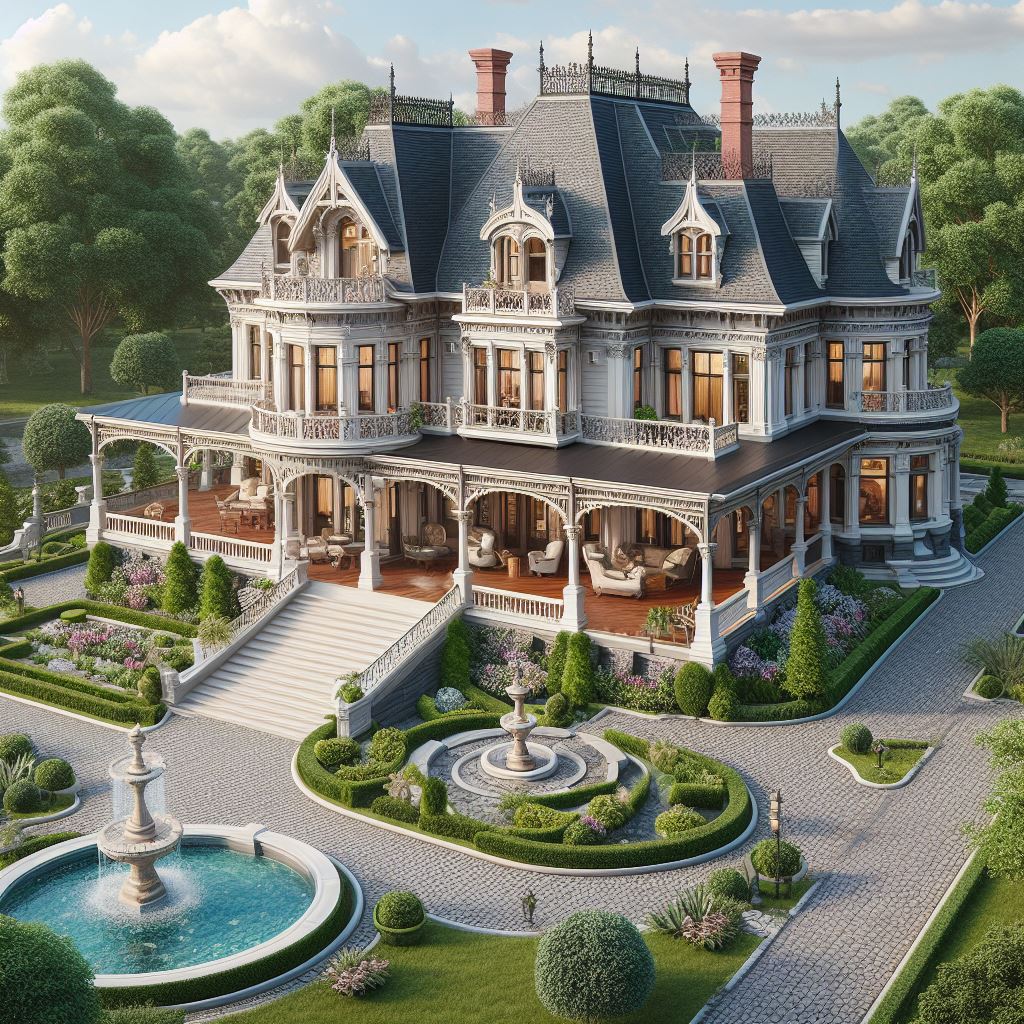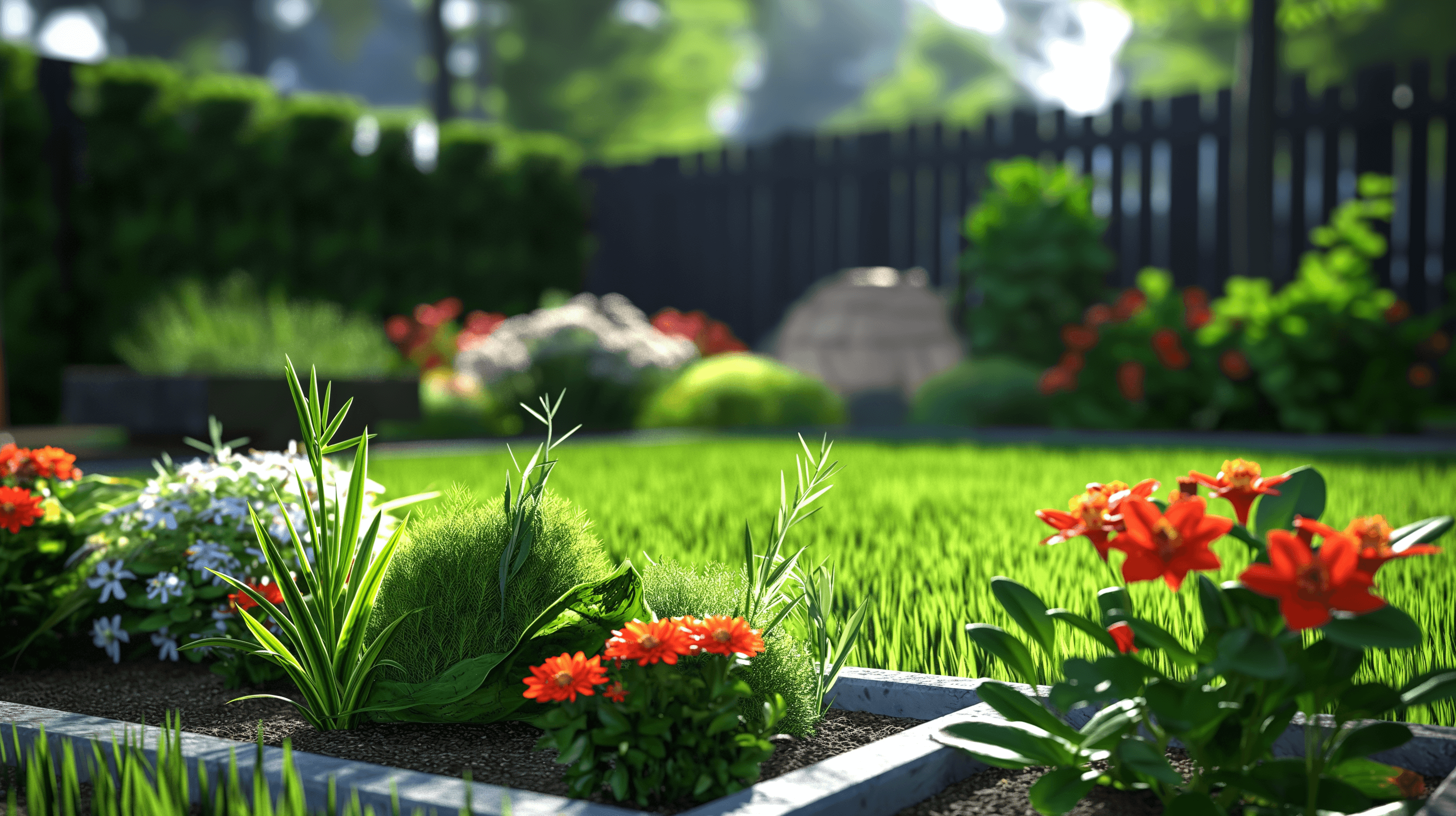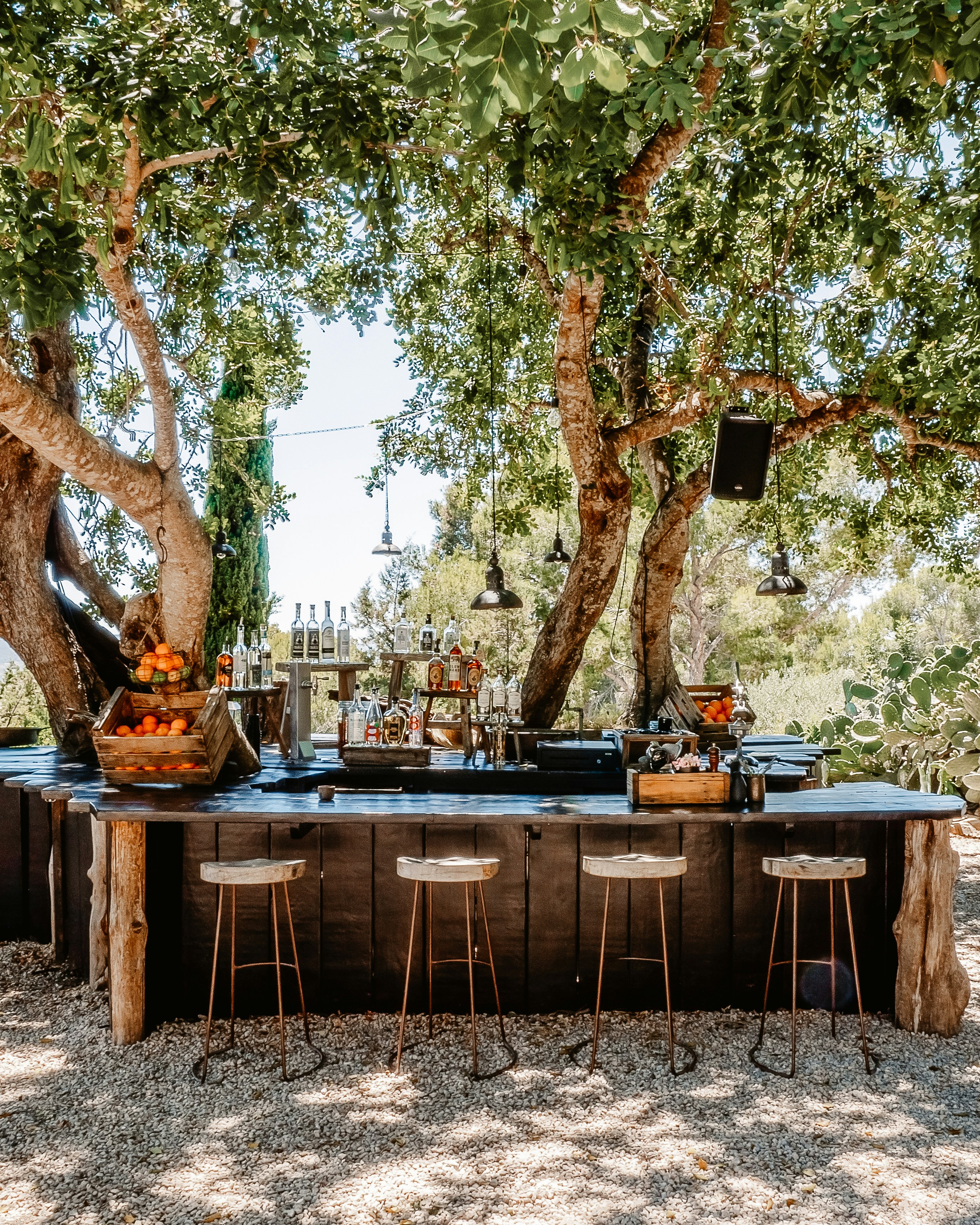Home Features
Features of Victorian-Style Homes
Victorian-style homes are a captivating architectural genre known for their ornate detailing, elaborate designs, and undeniable charm. Originating during the reign of Queen Victoria in the 19th century, this style has left an indelible mark on residential architecture. In this exploration, we delve into the distinctive features of Victorian-style homes and unravel the fascinating history behind their origin.
1. Architectural Variety:
One hallmark of Victorian architecture is its diverse range of styles, encompassing everything from the Gothic Revival and Italianate to Queen Anne and Second Empire. This diversity allows for a rich tapestry of designs, making each Victorian home unique.
2. Asymmetrical Facades:
Victorian homes often exhibit asymmetry in their facades, featuring varied rooflines, projections, and bay windows. This departure from the strict symmetry of earlier architectural styles adds character and visual interest.
3. Elaborate Ornamentation:
Ornamentation is a defining characteristic of Victorian homes. Elaborate woodwork, intricate detailing, and decorative embellishments, such as gingerbread trim and scrollwork, adorn both interiors and exteriors.
4. Steep Gabled Roofs:
Steeply pitched gabled roofs with multiple intersecting rooflines are a common feature. These roofs often include dormer windows, creating additional architectural interest and allowing for more natural light.
5. Towers and Turrets:
Many Victorian homes boast towers or turrets that punctuate their exteriors. These architectural elements serve both aesthetic and functional purposes, offering panoramic views and contributing to the overall grandeur.
6. Stained Glass Windows:
Victorian homes frequently feature stained glass windows, showcasing vibrant colors and intricate patterns. These windows were used to add a touch of opulence to the interiors and are considered a hallmark of the style.
7. Wraparound Porches:
Generous wraparound porches or verandas are a common sight in Victorian homes. These outdoor spaces provide a charming setting for relaxation and socializing while enhancing the home's overall curb appeal.
8. Eclectic Color Schemes:
Victorian homes are known for their vibrant and eclectic color schemes. Homeowners of this era embraced bold colors, often painting different sections of the house in contrasting hues to highlight architectural details.
9. Historical Revival Influences:
Victorian architecture frequently incorporates elements inspired by historical revivals, including medieval, Gothic, and Renaissance motifs. This blending of styles reflects the eclectic tastes of the period.
10. Origin and Historical Context:
The Victorian era, spanning from the 1830s to the early 1900s, witnessed a departure from the rigid formality of earlier architectural styles. The Industrial Revolution played a significant role, enabling the mass production of ornamental elements and allowing for more elaborate designs.
11. Notable Victorian Sub-Styles:
Queen Anne, Italianate, and Second Empire are among the prominent sub-styles of Victorian architecture, each with its distinct features. Queen Anne, for instance, is characterized by asymmetry, irregular shapes, and vibrant colors.
12. Legacy and Enduring Appeal:
The legacy of Victorian-style homes endures, captivating homeowners and enthusiasts alike. Renovations and preservation efforts contribute to maintaining the charm and historical significance of these architectural treasures.
In conclusion, Victorian-style homes are a testament to the opulence and architectural experimentation of the 19th century. With their ornate detailing, eclectic designs, and historical significance, these homes continue to captivate admirers, showcasing a bygone era's architectural richness.




